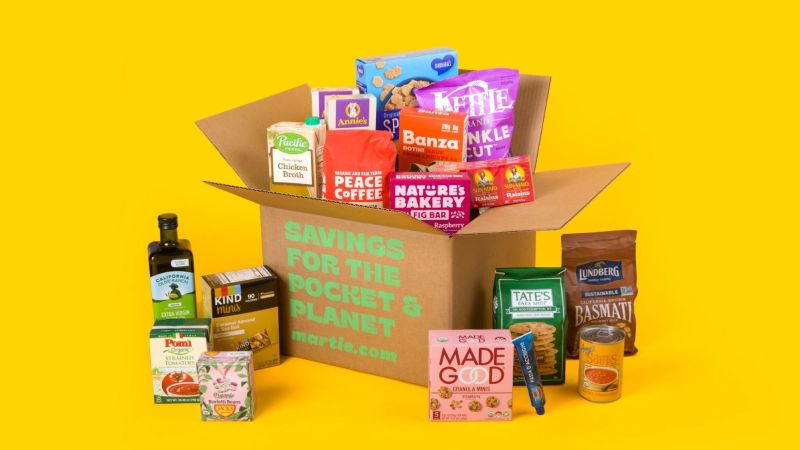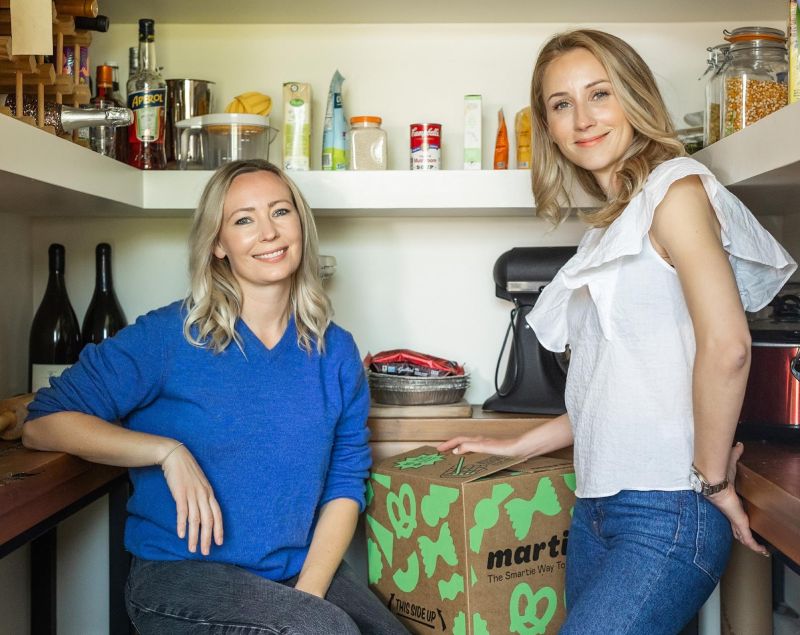Expiration dates can be misleading, often causing perfectly good food to be wasted. Many consumers assume that food past its “best by” date is unsafe to eat, but in reality, these dates are primarily about quality, not safety. Understanding what these labels truly mean can help reduce food waste and save money.

We chatted with Louise Fritjofsson, co-founder and CEO at Martie, the leading online liquidation store for shelf-stable groceries and staples to learn more.

Understanding Expiration Labels
“The system has failed us in educating us what different labels means, and we see a staggering 30-40% of foods and products produced going straight to landfill, most of this comes from households and much could be consumed with better information,” says Fritjofsson. There are several types of date labels on food packaging, each serving a different purpose:
- Best If Used By: Indicates the date when a product is at its peak flavor and texture. This does not mean the food is unsafe after this date.
- Use By: Commonly found on perishable items like dairy and meat, this date suggests when the food should be consumed for the best quality, but it does not always mean it is expired.
- Sell By: Used for inventory management, this label tells retailers when to remove products from shelves. Consumers can still safely eat the food after this date if it has been stored properly.
- Freeze By: Suggests when a product should be frozen to maintain optimal quality but does not indicate food safety concerns.
The U.S. Department of Agriculture (USDA) states that, except for infant formula, food date labels are not federally required and do not necessarily indicate spoilage. In fact, a 2013 report found that 40% of food in America is wasted each year, largely due to misinterpretation of these dates.
Is Expired Food Safe to Eat?
For many items, the answer is yes. Canned goods, dried pasta, cereal, and even dairy products can often be safely consumed past their printed dates. The key is to use common sense: check for signs of spoilage like unusual smells, discoloration, or mold. In many cases, food remains safe to eat even after its quality has slightly declined.
Certain foods, like high-acid canned goods, may lose freshness sooner, but low-acid canned foods like vegetables and meats can last up to five years if stored properly. Eggs, for example, are usually safe for three to five weeks beyond their sell-by date if refrigerated correctly.
For Ms. Fritjofsson, the work to reduce food waste as a mission continues.
“We need multiple resources and solutions to overcome the issue of food waste and Martie, plays a crucial role, although we do not offer any items past any printed expiration date, we operate in the higher part of the funnel. By sourcing surplus inventory from top brands, Martie offers quality, shelf-stable groceries at up to 70% off retail prices.”
The inventory Martie sources are also facing the destiny of being tossed to landfill, but for other reasons than dates, such as package changes, overproduction or changes in the distribution channel. By shopping at Martie, consumers can access affordable groceries from quality brands such as Annies Organics, Kind Bar, La Colombe Coffee, Cataline Cruch and more while actively reducing food waste. Since its inception, Martie has saved over five million pounds of food from landfills, conserved over 613 million gallons of water, and prevented 15,010 tons of CO2 emissions.
Final Thoughts
Rather than relying solely on printed dates, consumers should assess food quality using their senses. Learning to differentiate between quality indicators and true spoilage can lead to significant savings and a more sustainable food system. Shopping smart with Martie is a great way to do your part in reducing waste while keeping your pantry stocked.